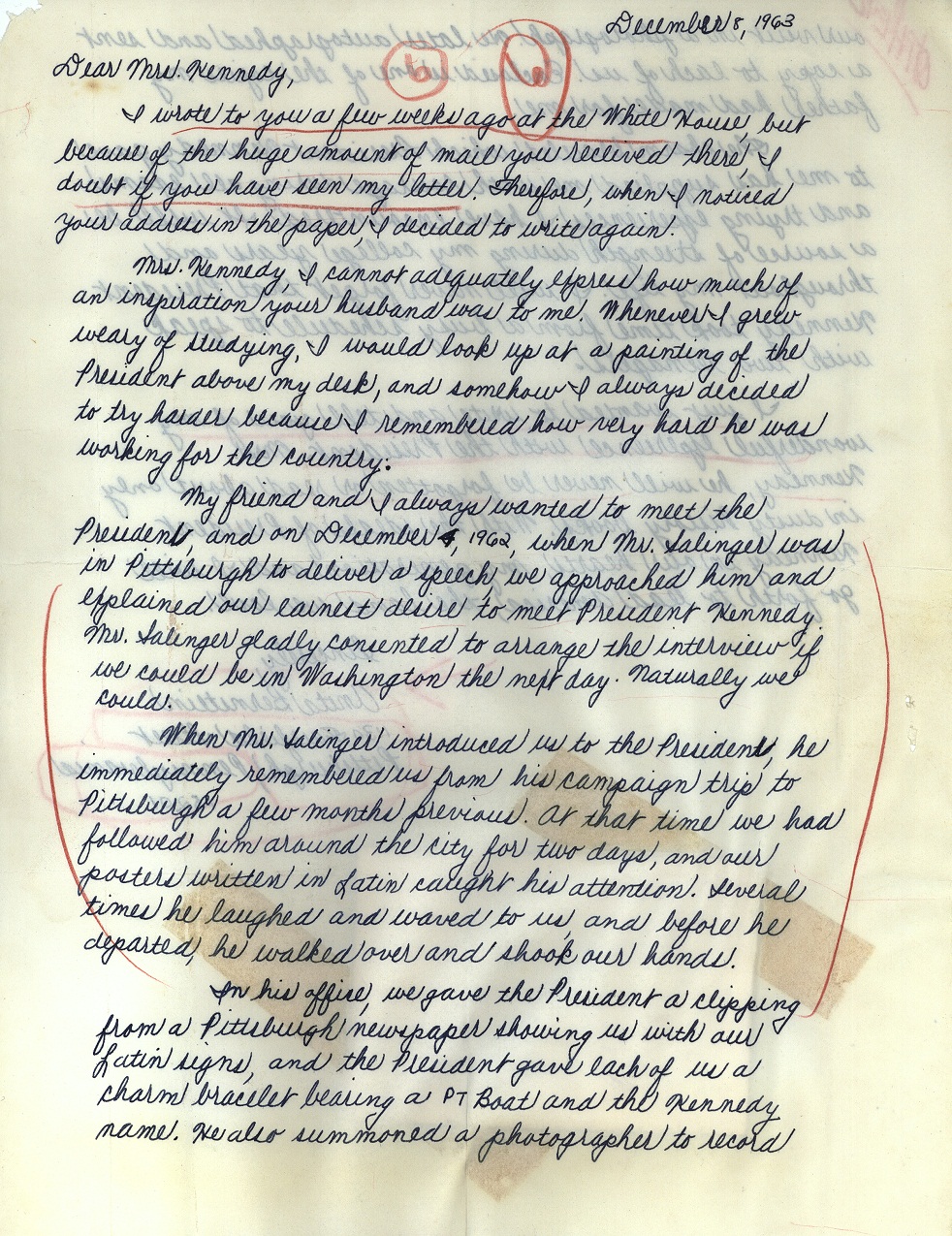By: Danielle Cournoyer
I decided early on while working towards my bachelor’s degree in history that I would go to graduate school. Although, at the time, I had no clear grasp on what my interests were and I had no real idea how to define or describe my ambitions or how I was going to turn them into a career. Then, after a simple Google search, I stumbled upon the National Council on Public History and finally had in front of me, a solid description of the vague career notions I had been chasing throughout my undergraduate career. Public history, the NCPH’s site describes, is the “ways in which history is put to work in the world.” Public Historians work to make “history relevant and useful in the public sphere.” After this discovery I felt inspired. Finally I could articulate my aspirations to reach out and help people learn and appreciate history.
Obtaining a graduate degree in a public history program affords me the critical opportunity to work in history outside of academia. I came to UMass Boston in the fall of 2013 with this career path in mind. My first Public History class, my first graduate class in general, was an introduction to the diverse and wide-ranging field of Public History and over the last two tears I have been able to simultaneously expand and hone in on my specific interests and career goals. This led me to a summer internship at the Nichols House Museum and exploring the ways to help the public make meaningful connections with the past.

Historic house museums are a unique way to experience the past. These intimate museums offer the chance to tell individual and personal stories in the context of a broader local and national history. The Nichols House Museum provides visitors with a look into nineteenth and twentieth century life Boston as well as sharing the unique story of the home’s last resident, Rose Standish Nichols. Rose, a suffragist, writer, landscape architect, and dedicated pacifist, was passionate about education and considered herself a “champion of global thinking.” She lived during a time when the world was changing at a rapid pace and she left her home as a museum after her death because she believed that experiencing different places, people and ideas could provide anyone with the understanding and insight needed for them to go out and positively influence the world. Today the museum welcomes visitors from all over the world as a means honor Rose’s legacy and to promote international friendship and learning.
During my internship at the Nichols House Museum, I had the opportunity to explore first hand the operations of a small but distinguished historic house museum. I was able to explore my particular interests and gain applied experience in building and shaping museum public and community outreach, to increase attendance and awareness of the museum and its pertinent history. One of the Nichols’ House Museum’s initiatives to connect the house to a more national or global narrative is through their Object of the Month Blog. This blog is also part of the museum’s wider pursuit to bring the museum into the digital age, to connect with their audience and build communities both online and off by sharing the story of one of the many pieces in the Nichols’ family’s collection and revealing its wider historic relevance. I also had the opportunity during my internship to help the museum find its voice online in a ways to increase their audience and make broader connections to the world outside of Beacon Hill through the researching and drafting of a social media policy.
For the Object of the Month Blog I chose to research the museum’s reduced version of “Diana of the Tower,” one of Rose Nichols’ famous sculptor uncle, Augustus Saint-Gaudens’, most successful works. Working on this post allowed me to connect the Nichols family’s story to the wider history of the American artists’ colony and beaux-arts movements of the late 19th century, as well as Gilded Age New York City and the 1893 World’s Columbian Exhibition. This kind of larger story gives context to the world Rose Nichols’ grew up in and further broadens the scope of what can be learned through a visit to a tangible and seemingly intimate house museum.

During my summer at the Nichols House Museum I had the chance to collaborate with the museum’s small but dedicated staff. They have numerous ideas to expand their audience, programs, and funding, as well as ways to reach out and connect with the local community. The staff at the Nichols House Museum are taking part in a wider movement happening the field of Public History where we are beginning to rethink and reinterpret how traditional historic house museums can reach new audiences and remain relevant in today’s technology driven world.
The Nichols House Museum: Object of the Month Blog
August 1, 2015: “Who is Diana of the Tower?”









